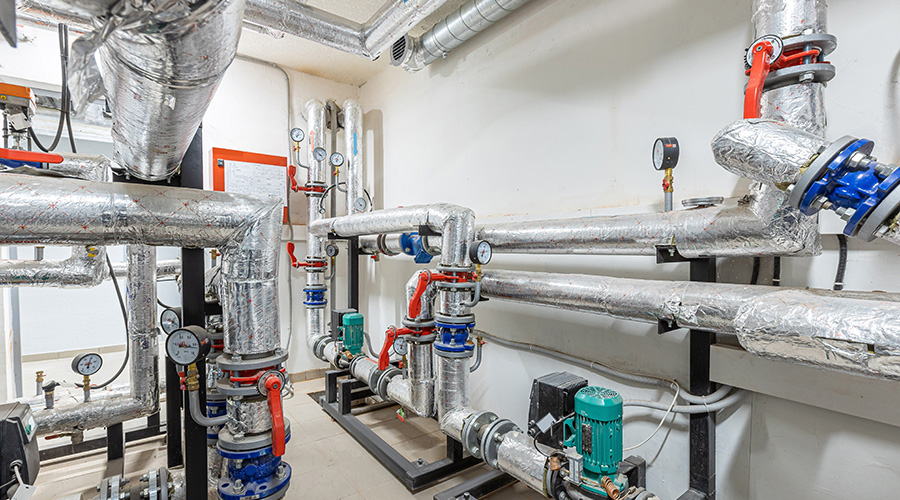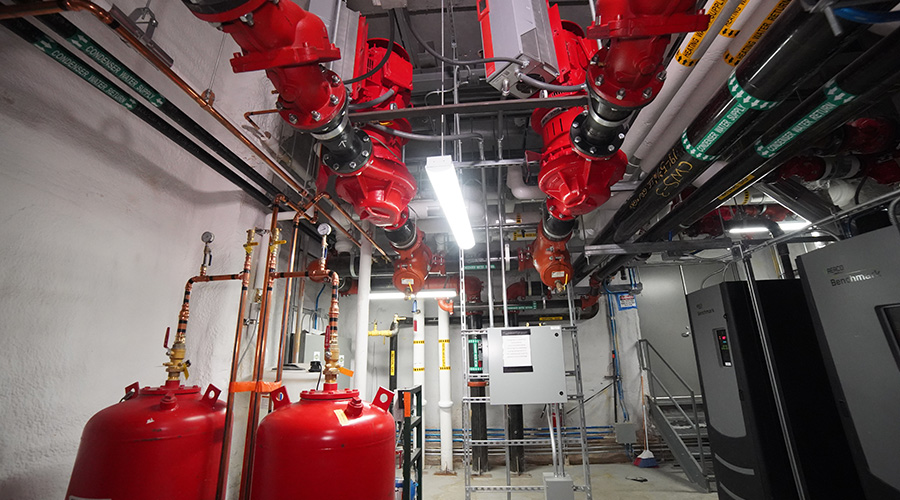Partnerships With Designers, Utilities Critical For HVAC Efficiency
Taking the right advice and understanding life-cycle calculations give a better picture of how efficiently HVAC will operate long-term.
Building owners and facility managers should not just defer to the recommendations of the architects and engineers. The architecture and engineering team need clear instructions from the owner to make sure the all-in operating cost of the building is reasonable. If the owner does not have a voice or express themselves, then architecture and engineering team will focus on the interest of their customer — often the developer — and first cost will drive the process. The result will often be higher operating costs for the building and ultimately lower asset value.
Care must be exercised in trusting the life-cycle cost data presented by any “party in interest” like a manufacturer. While forecasting of energy consumption may be an interesting exercise, an independent professional analysis of the options should examine what happens if things do not go as planned and how to manage the risks inherit in the process of building a new building and making HVAC and other real estate decisions that will impact the company for the next 20 years or more. Only you have your interests at heart, so extreme care needs to be exercised taking free advice from anyone who has a potential conflict of interest (self-interest).
That includes investor-owned utilities, which have their own best interests at heart. Utility incentives can be a mixed bag, depending on the motivation of the utility company. Demand side management rebates may exist for some new construction projects or major HVAC retrofits. These rebates are either prescriptive (requiring the use of a specific technology) or custom (which provide more flexibility but may require proof via measurement).
That’s not to say that utility issues are unimportant. In some cases, an understanding of local utility rates and rate trends help guide the HVAC decision towards or away from thermal storage. Your electricity expenses and natural gas expenses are impacted by how much energy you use and when you use it. In deregulated markets it is common to first look at a building's load profile before setting energy commodity prices quotes. In more advanced pricing models, the interval KW loads are also considered (building's load in KW 24x7). What you pay for energy is based on when you use it. Electricity is traditionally cheaper at nights, on weekends, and for normal winter months. Natural gas is cheaper in the summer and is cheaper when a building has a consistently high base load (uses natural gas evenly in summer and winter rather than having an unattractive load profile, that is, a heating load). Building types also have different energy balances (split between HVAC, lighting, water heating, and plug loads) that is a common consideration of an energy engineer.
Throughout the design of the HVAC system, the building owner or anchor tenant should focus on life-cycle costs when evaluating HVAC options, and they may want to have an energy engineer — that is, an independent engineer who may be a PE or a certified energy manager — on their side of table when they discuss HVAC options with developers and the architecture and engineering team.
Related Topics:














